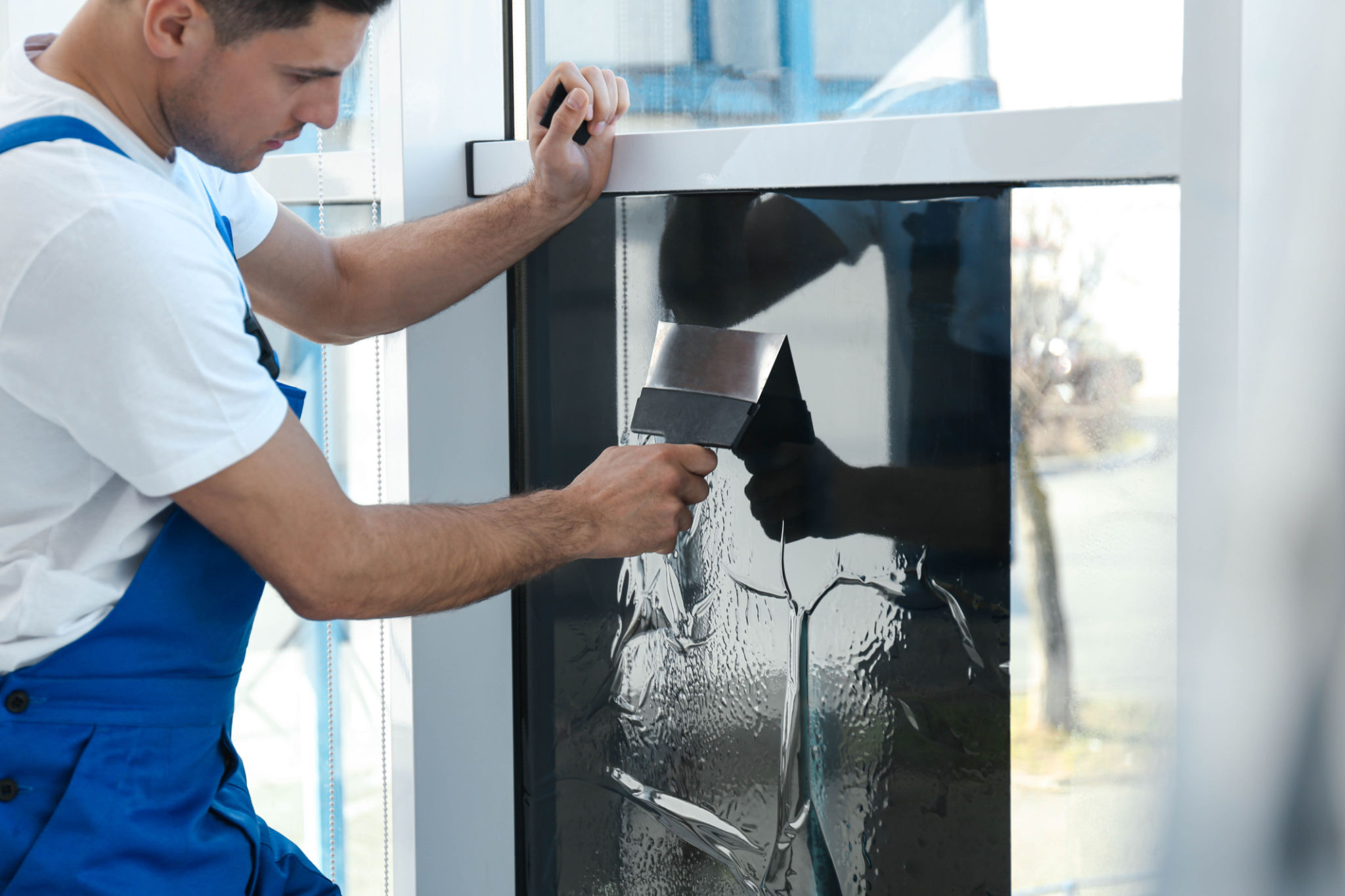Case Study: How a Miami Office Reduced Energy Costs with Solar Control Window Films
Introduction to Solar Control Window Films
In the heart of Miami, where temperatures soar and energy bills can skyrocket, businesses are constantly seeking innovative solutions to reduce costs. One such solution is the installation of solar control window films. These films have emerged as a cost-effective method to enhance energy efficiency in office buildings. This case study explores how a Miami-based office successfully reduced their energy expenses using this technology.

The Challenge of Rising Energy Costs
Miami's tropical climate presents a unique challenge for businesses trying to manage heating, ventilation, and air conditioning (HVAC) costs. The intense sun leads to higher indoor temperatures, causing air conditioning systems to work overtime. This results in higher electricity bills and increased wear and tear on HVAC systems. The office in question faced these challenges and sought a sustainable solution.
Understanding Solar Control Window Films
Solar control window films are thin layers applied to windows that help reduce heat gain from sunlight. They work by reflecting and absorbing solar energy, thereby maintaining a cooler interior temperature. This not only reduces the dependency on air conditioning but also cuts down on glare and UV exposure, protecting furniture and fixtures.
Implementation Process
The office decided to retrofit their existing windows with solar control films. The process involved a few critical steps:
- Assessment of the current window situation and energy usage.
- Selection of the appropriate film type based on the office's specific needs.
- Professional installation by a certified technician to ensure optimal performance.

Immediate Benefits Observed
Post-installation, the office saw almost immediate benefits. The internal temperature was more stable, reducing the load on the air conditioning system. Employees reported less glare on their computer screens, leading to a more comfortable working environment. These changes contributed to enhanced productivity and a more pleasant office atmosphere.
Long-Term Impact on Energy Costs
Over the following months, the office documented significant reductions in their energy costs. On average, they experienced a 20-30% decrease in monthly electricity bills. This was a direct result of less reliance on air conditioning and more efficient energy use throughout the building.

Sustainability and Environmental Impact
Beyond cost savings, the reduction in energy consumption also contributed to a smaller carbon footprint for the office. By using less electricity, the business was able to lower its environmental impact, aligning with broader sustainability goals. This move not only benefitted the company financially but also enhanced its reputation as an environmentally conscious organization.
Conclusion
This case study illustrates the powerful impact that solar control window films can have on reducing energy costs and improving sustainability in office environments. For businesses facing similar challenges, investing in this technology can offer substantial long-term benefits. As more companies embrace eco-friendly solutions, solar control window films stand out as an effective strategy for both cost savings and environmental responsibility.
